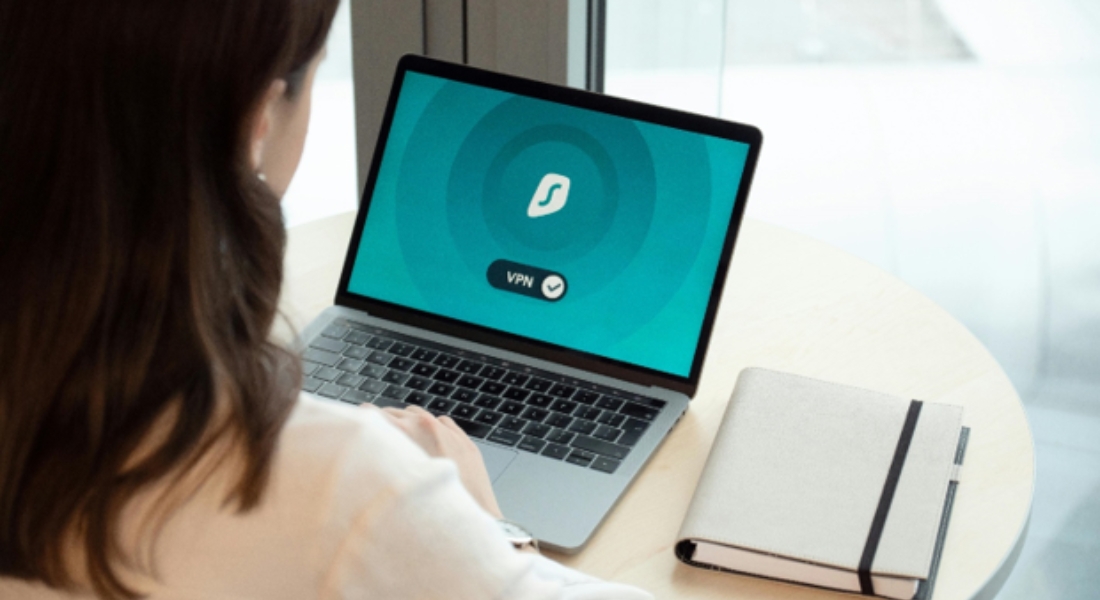In today’s digital world, the need for robust protection against online threats is more important than ever. With businesses increasingly relying on technology to streamline their operations and store sensitive information, hackers and cybercriminals have found new ways to exploit weak points. A common method used by these criminals is targeting businesses through poor login systems, where easily guessable passwords can leave systems vulnerable. To help your company stay ahead, it’s essential to implement strong protection measures, including secure passwords and advanced security protocols.
Here’s how you can safeguard your digital assets:
Understanding the Risks of Cybersecurity Breaches
A breach in security can have severe consequences for any organization. Whether it’s sensitive customer data or proprietary information, a breach can lead to data loss, financial setbacks, and damage to your reputation. The more exposed your data becomes, the higher the risk of lawsuits or regulatory fines, especially if the breach involves personal or financial information. Keeping this in mind, businesses must remain vigilant in protecting their digital infrastructure from external attacks.
Strengthening Your Password Protection
One of the simplest and most effective ways to guard against unauthorized access is by implementing strong password protocols. Weak or reused passwords can easily be exploited by hackers using tools designed to guess login credentials. These attackers can work through basic combinations or use brute-force methods to access systems. Using various cybersecurity solutions and implementing protection measures can drastically reduce the likelihood of a password guessing attack. First, avoid using easily guessed passwords, and ensure that employees choose long, complex ones that include numbers, letters, and symbols. Furthermore, adopting password managers can help store and generate unique passwords for each account, reducing the risk of password reuse. Adding multi-factor authentication (MFA) will make your accounts even more secure.
Implementing Multi-Factor Authentication (MFA)
Using multi-factor authentication is one of the best ways to increase the security of your login. By forcing users to authenticate themselves using two or more means. It can be based on something they possess (like a smartphone or authentication app), something they know (like a password), or something they are (like fingerprints or biometric data). It provides an extra degree of security. By taking this extra precaution, the likelihood of unwanted access is decreased because an attacker would require more than simply the password to enter. Implementing MFA for all company accounts is crucial, particularly for access to sensitive information or administrative parts of your systems.
Regularly Updating Software and Systems
Keeping your software and systems up-to-date is a fundamental step in preventing attacks. Many hackers target known vulnerabilities in outdated software, where developers may have already issued patches. Regular updates to operating systems, security software, and business applications address these weaknesses and provide you with important security fixes. Set a policy in your organization that mandates regular system updates and automated patches to close potential gaps that hackers could exploit.
Educating Employees About Cybersecurity Threats
A well-trained workforce can be your first line of defense against online threats. Phishing attacks, where malicious actors impersonate legitimate sources to steal information, are one of the most common ways attackers gain access to systems. Educating employees about how to spot phishing attempts and what steps to take when they receive suspicious emails or messages can significantly reduce the likelihood of a successful attack. Training should also include best practices like avoiding public Wi-Fi for work-related tasks and recognizing other potential security threats. Establishing a culture of security awareness can help your team recognize risks before they become significant issues.
Backing Up Your Data and Systems
One of the most essential precautions you can take is ensuring your data is regularly backed up. Data loss due to cyberattacks, such as ransomware, can be devastating. Backing up your critical data is the best way to minimize the impact of such incidents. Implement a backup strategy that includes both on-site and off-site backups. Cloud storage services are a reliable option for remote backups, offering flexibility and secure storage for important business files. It’s crucial to automate this process to ensure backups occur regularly without human error. Regular testing of your backup system is equally important to ensure that it works when needed. In the event of an attack, having access to clean, recent backups can help your business recover quickly with minimal downtime.
Protecting Business Networks with Firewalls and Antivirus Software
A firewall is an essential tool for protecting your business network from external threats. By regulating incoming and outgoing traffic, it serves as a barrier between your internal network and the internet, preventing unwanted access. Firewalls can be hardware- or software-based and should be configured to restrict access to only trusted users and devices. In addition to firewalls, antivirus software plays a crucial role in detecting and eliminating malware before it can cause harm. Antivirus software scans your systems for potential threats and removes malicious software that could compromise your network. Regular updates and real-time scanning features ensure your systems are always protected from the latest malware and viruses.
Monitoring and Auditing for Suspicious Activity
Ongoing monitoring of your systems is essential for detecting any unusual or suspicious activity early. Continuous monitoring tools can alert you to potential breaches, allowing your team to act quickly to contain and investigate threats. Regularly auditing your network can help identify vulnerabilities and weaknesses before they’re exploited. An effective monitoring system will log access attempts, file changes, and other significant activities, making it easier to trace any unauthorized actions. By conducting regular audits and analyzing these logs, you can identify patterns that indicate potential security risks. Proactive monitoring and auditing reduce the chances of a security breach causing significant damage.
Securing your business from online threats is an ongoing responsibility that requires consistent attention and vigilance. By implementing key strategies such as strong password policies, multi-factor authentication, regular software updates, and employee education, you can significantly reduce the risk of a successful attack. Also, safeguarding your data through regular backups, encryption, and continuous monitoring ensures that, even in the event of a breach, your business can recover quickly and effectively. It’s essential to develop a comprehensive incident response plan that enables your team to respond swiftly and efficiently when an attack occurs. In today’s digital landscape, being proactive about cybersecurity is not just a choice. It’s a necessity to protect your business and its valuable assets.




